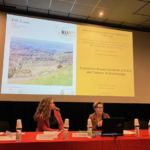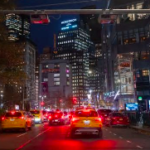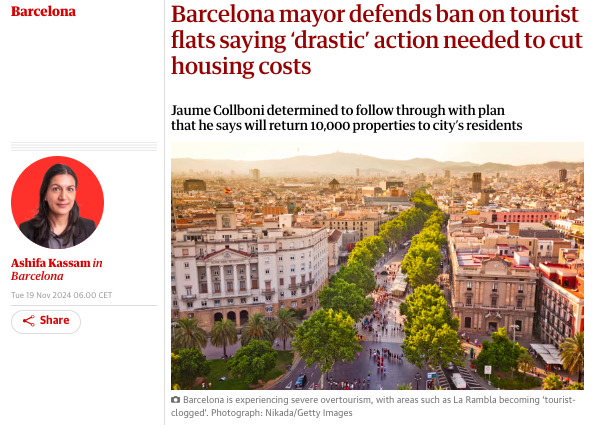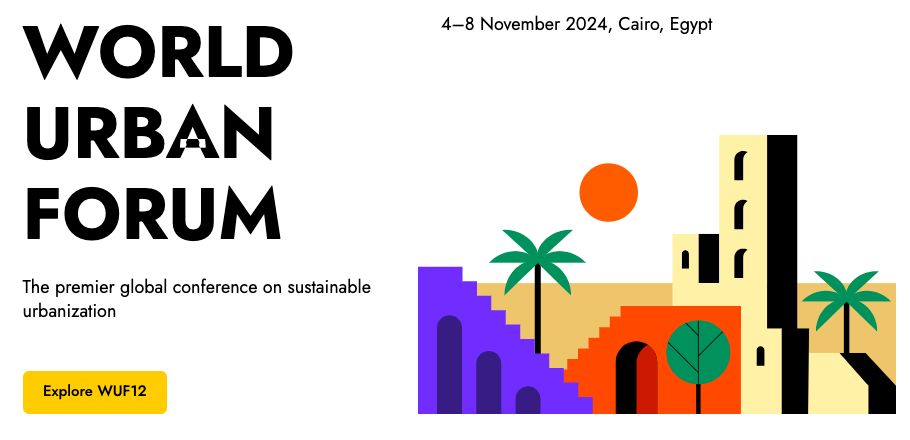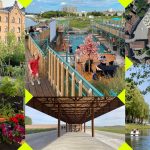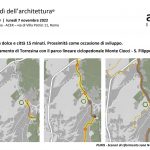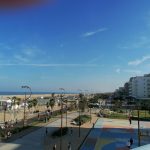Piacenza, Parco Pertite
Per i ragazzi della scuola media Calvino e per i bambini della scuola elementare De Gasperi l’area potrebbe diventare un grande parco (la superficie è di ben 27 ettari) e i capannoni dismessi potrebbero ospitare attività pubbliche. Genitori, insegnanti e cittadini hanno immediatamente raccolto questa proposta, trasmettendola al Comune, ma lo sguardo delle istituzioni è differente.
Il Ministero della Difesa aveva barattato l’edificabilità dell’area con i privati, in cambio della costruzione di una nuova struttura militare fuori città. Sfumata questa possibilità, l’intesa tra Comune e Ministero della Difesa è oggi in fase di revisione, ma la possibilità di costruire è confermata negli indirizzi del piano urbanistico e nelle proposte di iniziativa privata di cui ha dato conto la stampa locale.I cittadini si sono associati in un Comitato e hanno iniziato una raccolta di firme in favore della costituzione di un parco pubblico e della cessione gratuita dell’area dallo Stato al Comune. Nei loro appelli si sollevano dubbi molto ragionevoli: perché costruire nell’area, dato che la città è cresciuta in modo consistente negli ultimi anni? Perché rinunciare ad un’area pubblica e al verde, in una parte della città che ne è carente?Sono state raccolte novemila adesioni (il 10% dell’intera popolazione)a maggio 2010 e il 5 giugno è stato organizzato un evento pubblico: i cittadini sono chiamati a riunirsi, dandosi la mano per abbracciare tutti insieme l’area del parco e testimoniare gioiosamente la volontà di realizzare un grande parco. Occorrono duemila persone perché l’abbraccio collettivo si sviluppi per gli oltre 2 km del perimetro dell’area Pertite.

The human chain created by the citizens of Piacenza, which was meant to demonstrate the will of the people to acquire a public park in the area the chain surrounded.
For the children of Calvino Middle School and for the children of De Gasperi Elementary School in the city of Piacenza an area comprised of abandoned warehouses and open, unused space could become a big park (the area of the park is 27 hectares) and the center of public community activities. Parents, teachers, and citizens immediately gathered around this idea and proposed it to the Municipality. The Municipality, however, had a very different idea of what this area could be used for.
The Minister of Defense discussed the possibility of rebuilding the area with private investors, in exchange for a new military complex outside of the city. Today the agreement between Municipality and the Minister of Defense is being revised; however, the posibility of future construction is confirmed by the ordinances of the city’s master plan and in the proposals for future private initiatives, according to an account given local newspaper.
In order to protest against the possiblity of construction, the citizens formed a committee and started a petition for the construction of a public park and for the state to give the land to the Municipality. In their appeals the citizens raised very reasonable questions: Why build in the area, given that the city had grown substantially in recent years? Why renounce a public green space in a part of the city where it is lacking? Nine thousand signatures were gathered, which was ten percent of the entire population, in May 2010. On June fifth a public demonstration was organized. In this event citizens gathered around the area in question and each person took another’s hand, so that the group formed an enormous human chain around the area where they believed an enormous park, a communal resource for all, could be realized.



